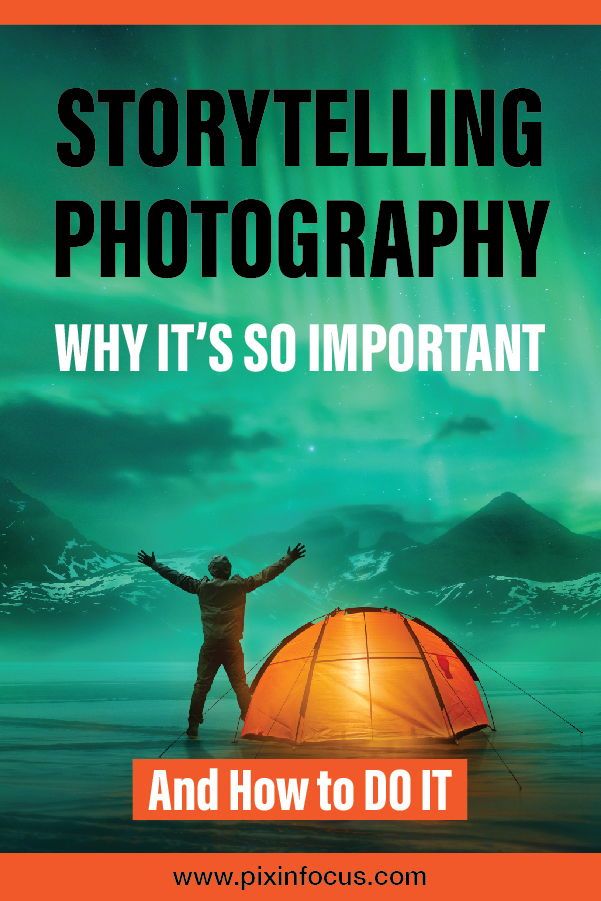Stock photos are a fantastic resource for anyone looking to enhance their storytelling. Whether you're a blogger, marketer, or just someone who loves to share stories, the right images can elevate your narrative. Imagine reading a compelling story about a serene beach, only to find it accompanied by a stunning aerial shot of crystal-clear waters. Instantly, your imagination is ignited! In this post, we'll explore how to effectively use stock photos to create engaging and impactful narratives that resonate with your audience.
The Importance of Visuals in Communication

Visuals play a crucial role in communication. In fact, studies show that people process visuals 60,000 times faster than text. This means that a captivating image can convey complex ideas or emotions almost instantaneously. Here are some reasons why visuals, particularly stock photos, are essential in storytelling:
- Captures Attention: A well-chosen image can grab your audience’s attention and make them want to read more. For instance, a vibrant photo of a bustling cityscape can intrigue viewers, compelling them to dive into a blog post about urban life.
- Enhances Understanding: Visuals can simplify complex information. For example, infographics, which combine images and text, can break down statistics into digestible chunks, making them easier to understand.
- Evokes Emotion: Stock photos can evoke powerful emotions. Consider using an image of a joyful celebration for a post about personal achievements; it can inspire readers and resonate with their experiences.
- Creates Consistency: Consistent use of visuals helps establish your brand identity. Using a specific style of stock photos can reinforce your message and make your content more recognizable.
- Improves Shareability: Content with visuals tends to be shared more often on social media. A striking image can make your story more appealing, increasing its reach.
When choosing stock photos, it's important to select images that align with your message and tone. For instance, if you’re narrating a serene nature walk, opt for images that reflect tranquility, like soft sun rays filtering through trees.
In conclusion, visuals are not just embellishments; they are integral to effective communication. By integrating stock photos thoughtfully into your storytelling, you can create a more engaging and impactful experience for your audience, allowing your narratives to resonate on a deeper level.
Also Read This: The Ultimate Guide for Photographers Partnering with Imago Images
3. Choosing the Right Stock Photos for Your Narrative
When it comes to storytelling, the right visuals can elevate your narrative to new heights. Choosing stock photos isn't just about picking something that looks good; it’s about selecting images that resonate with your message and connect with your audience. Here are some tips to guide your selection process:
- Understand Your Audience: Before diving into the stock photo pool, think about who will be engaging with your content. Are they young professionals, families, or perhaps fitness enthusiasts? Tailoring your choices to the demographics of your audience can make a significant difference.
- Match the Mood: Every story has a tone—be it whimsical, serious, or inspiring. For example, if you’re writing about a joyful product launch, bright, vibrant images of happy people might be ideal. On the other hand, somber topics may require more muted tones. A thoughtful selection can evoke the intended emotions.
- Stay Authentic: Authenticity matters! Stock images can often feel generic, so look for photos that depict real-life scenarios. Images showing genuine interactions, even if they’re staged, can lend credibility to your narrative. For instance, if your story is about community service, choose images that capture volunteers in action rather than posed shots.
- Focus on Composition: A well-composed photo can draw the eye and keep your audience engaged. Look for images with clear focal points and good use of negative space. This allows you to overlay text or other graphics without cluttering the visual impact. For example, a landscape with a clear foreground can be perfect for adding a quote or title.
- Consider Versatility: Sometimes, the best stock images can serve multiple purposes. Select images that can be used in various contexts, whether it’s for social media posts, blog headers, or presentations. This reduces the need for constant searching and ensures consistency in your visual storytelling.
Ultimately, choosing the right stock photos is about aligning visuals with your narrative. By taking the time to select images that truly represent your story, you can create a more engaging and impactful experience for your audience.
Also Read This: Enhancing Your Marketing Campaigns with Photos from Imago Images
4. Strategies for Integrating Stock Photos into Your Content
Now that you’ve chosen the perfect stock photos, it’s time to integrate them effectively into your content. Here are some strategies to make sure those images enhance rather than distract from your storytelling:
- Use Images to Break Up Text: Long blocks of text can be overwhelming. Incorporating stock photos can create visual breaks that enhance readability. For instance, if you're writing a detailed article, add a relevant photo between sections to give readers a moment to pause and reflect.
- Caption Wisely: Don't underestimate the power of a good caption! Provide context to the image by explaining its relevance to the content. This not only helps in storytelling but also aids in SEO. For example, if you have an image of a team brainstorming, a caption about collaboration can tie it back to your narrative about teamwork.
- Create a Visual Flow: The order in which you present stock photos can affect the overall flow of your content. Aim for a sequence that complements your narrative journey. For instance, if your story unfolds chronologically, place images that reflect each phase of the story in order.
- Be Mindful of Image Quality: Always opt for high-resolution stock photos, as pixelated images can detract from your credibility. A crisp, clear image can communicate professionalism and attention to detail. Make sure your photos are optimized for web use without sacrificing quality.
- Use Overlays for Emphasis: If you want to highlight a certain part of your story, consider using image overlays. This could be text overlaid on a photo, creating a powerful visual statement. For instance, overlaying a motivational quote on an inspiring landscape can drive home your message effectively.
By thoughtfully integrating stock photos into your content, you can create a more engaging and impactful storytelling experience. Remember, visuals are not just fillers; they are essential components that enhance your narrative and captivate your audience!
Also Read This: How to Use Leading Lines to Create Powerful Images
5. Enhancing Your Story with Creative Stock Photo Usage
When it comes to storytelling, visuals play a crucial role in capturing your audience's attention. Utilizing stock photos can elevate your narrative in ways you might not expect. Here are some creative ways to enhance your story with stock photos:
- Complement Your Text: Choose images that reinforce your message. For example, if you're writing about sustainable living, consider using stock photos of lush green landscapes, urban gardens, or eco-friendly products. These visuals can evoke emotions and create a stronger connection with your audience.
- Create a Visual Flow: Think about the sequence of your story. If you're telling a journey, select stock photos that guide the reader through each stage. Start with wide shots that establish the setting, then use close-ups for emotional moments. This narrative progression keeps readers engaged.
- Mix Styles for Impact: Don’t hesitate to mix different styles of stock photos. Pair candid shots with high-quality, polished images to create a dynamic visual experience. For example, if you’re sharing a personal story, you might use a candid photo of someone laughing alongside a beautifully staged image of a related setting.
- Use Stock Photos as Metaphors: Sometimes, the perfect stock photo can serve as a metaphor for your narrative. If you’re discussing challenges, a photo of a person climbing a mountain can symbolize perseverance. This technique adds depth to your storytelling.
- Interactive Elements: Consider using stock photos in interactive formats. For instance, create a slideshow that allows your audience to explore different themes or stages of your story. This engagement can make your narrative more memorable.
By thinking creatively about how you incorporate stock photos, you can significantly enhance the impact of your storytelling. Don’t be afraid to experiment until you find a visual style that resonates with your audience!
6. Legal Considerations When Using Stock Photos
Using stock photos can be a game-changer for your storytelling, but it’s essential to navigate the legal landscape correctly to avoid pitfalls. Here are some key legal considerations to keep in mind:
- Licensing Agreements: Always check the licensing agreement for any stock photo you intend to use. Most stock photos fall into two categories: royalty-free and rights-managed. Royalty-free means you can use the image without paying each time, while rights-managed often requires a fee based on usage. Understand the terms to avoid legal trouble.
- Attribution Requirements: Some stock photos require attribution, while others do not. Make sure you follow the guidelines provided by the stock photo site. If attribution is necessary, include it in your content to respect the creator's rights.
- Commercial vs. Personal Use: Ensure you know whether your use is classified as commercial or personal. Commercial use might involve marketing or selling products, often requiring a different license than personal use. Misclassifying your usage can lead to fines or legal action.
- Model Releases: When using images featuring people, be cautious about model releases. If the image is used for commercial purposes, a model release is necessary. This legal document ensures that the individual depicted has consented to the use of their likeness.
- Trademarks and Copyrights: Be mindful of images that might contain trademarks or copyrighted material. For example, if a photo includes a branded product, you need to verify that you can use it without infringing on the brand's rights.
By adhering to these legal guidelines, you can use stock photos confidently, knowing that you're respecting the rights of creators and protecting your work from potential issues. Always prioritize ethical practices to maintain professionalism in your storytelling!
 admin
admin








